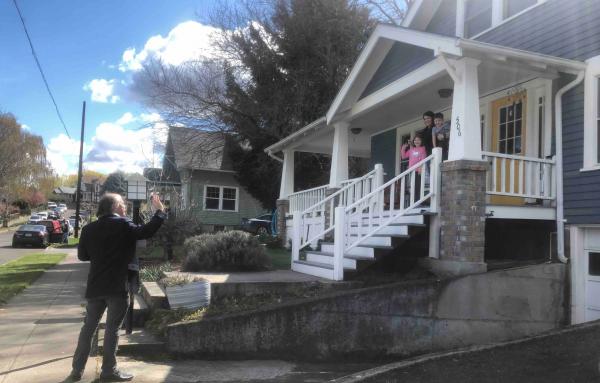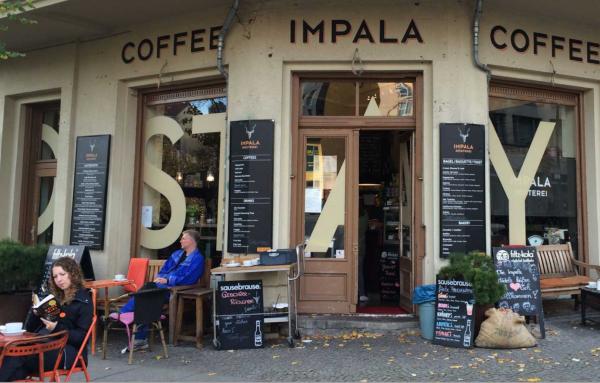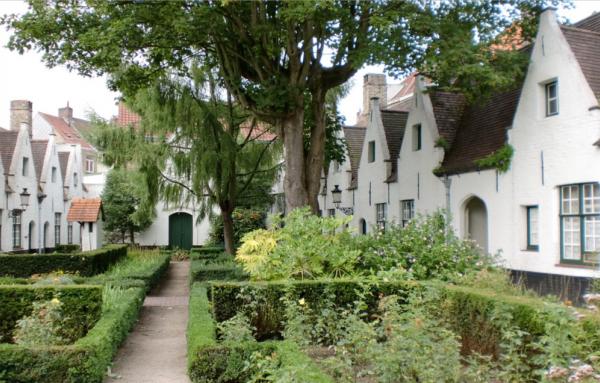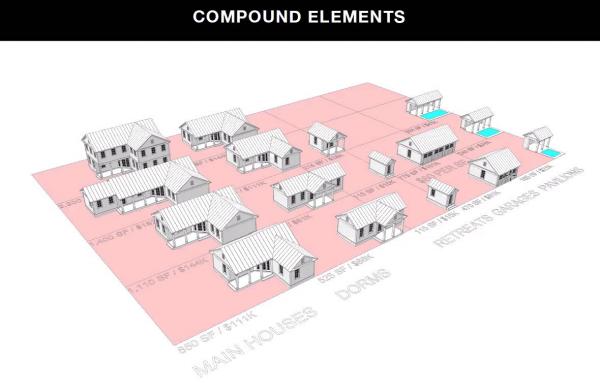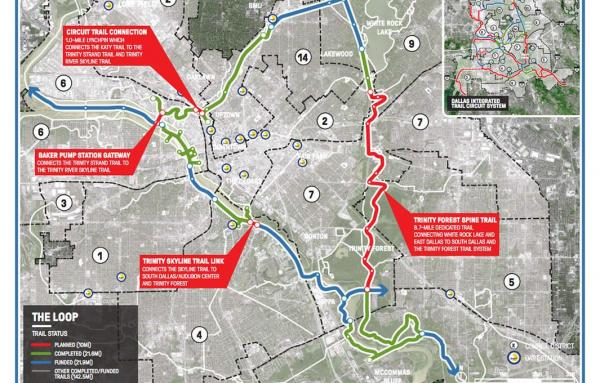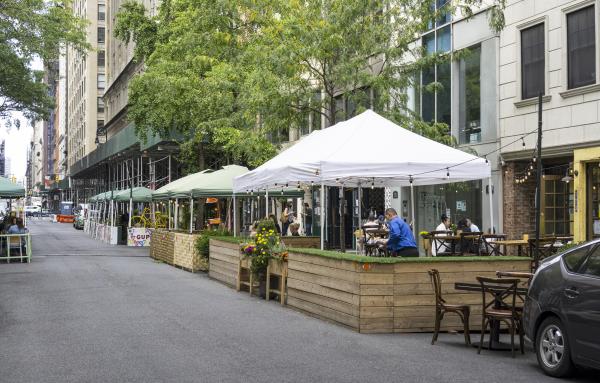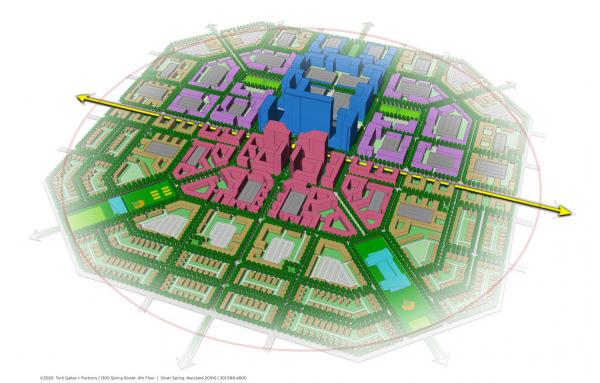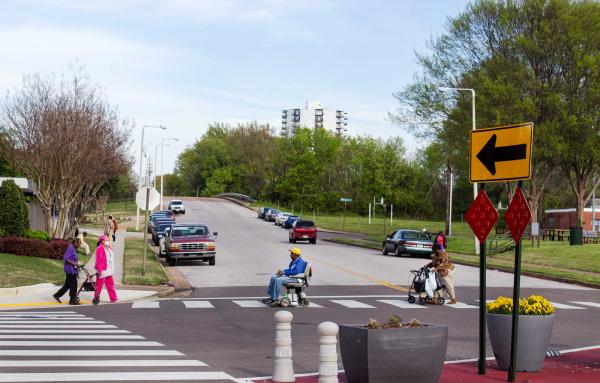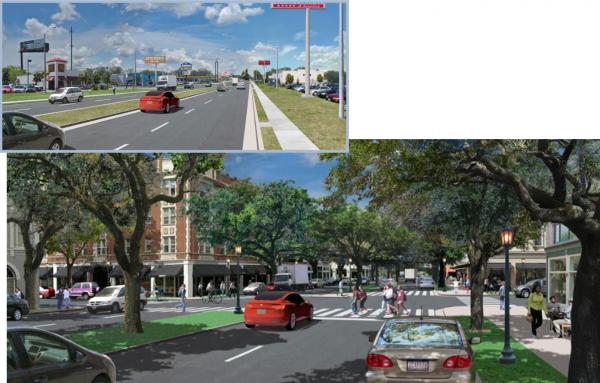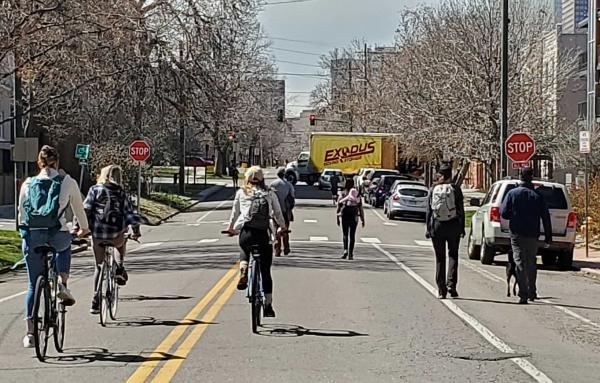Health
As we learn to live with COVID-19, it’s time to draw important lessons for city-making. We can do so at CNU 30 in Oklahoma City, and at the 58th IMCL in Paris.
Dangerous by Design 2021 highlights the connection between roadway design and the tragic toll on people walking.
A manual for rebuilding community health and opportunity in the post-COVID world.
COVID-19 has exposed problems with the US long-term care model of nursing homes. About 40 percent of total COVID deaths in the US have occurred in nursing homes. Residents have been subject to severe isolation in 2020—visiting such facilities has...
Cities and towns are facing a new reality, according to one of the founders of CNU. This calls for new designs that violate some of the long-held design doctrines of New Urbanism—but have the same social intention.
Dallas is implementing a trail system that could make a big difference in the quality of life and health in this major city. The Loop Trail is a 50-mile trail system that is nearly half built, and the rest is funded or planned, creating a loop...
A Pandemic Toolkit describes 22 actions that local governments can take to safely jumpstart their economies.
Hospital-oriented development, with parallels to transit-oriented development, should be the next big thing.
Memphis, Tennessee, shows the benefits of having community investment and social infrastructure, supported by philanthropy and institutions, in place during a pandemic.
The pandemic may have long-lasting design impacts, but we still need sociable and walkable places.
Sprawl may surge for a time if we ignore the fundamental needs of human habitat.
Underutilzed streets with little traffic are being transformed with temporary pedestrian and bicycle thoroughfares, shared streets, bikeways, expanded sidewalks, and outdoor eating to give citizens more room in a time of social distancing.
